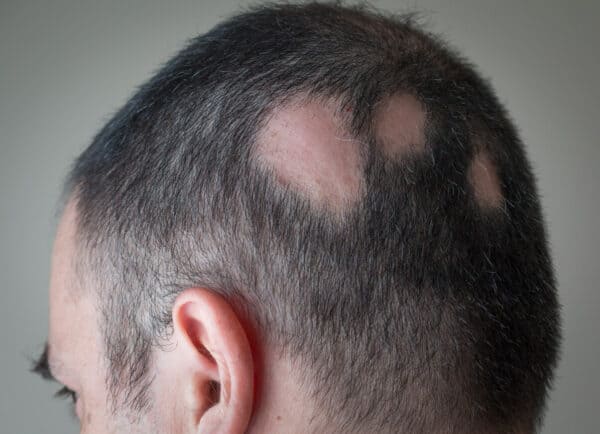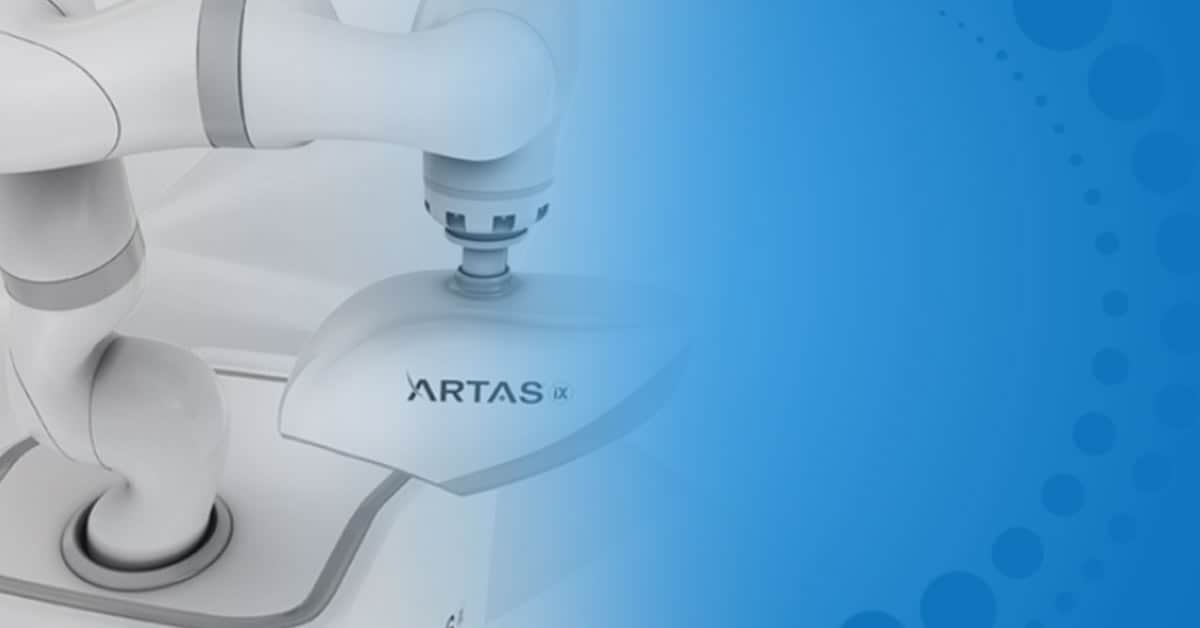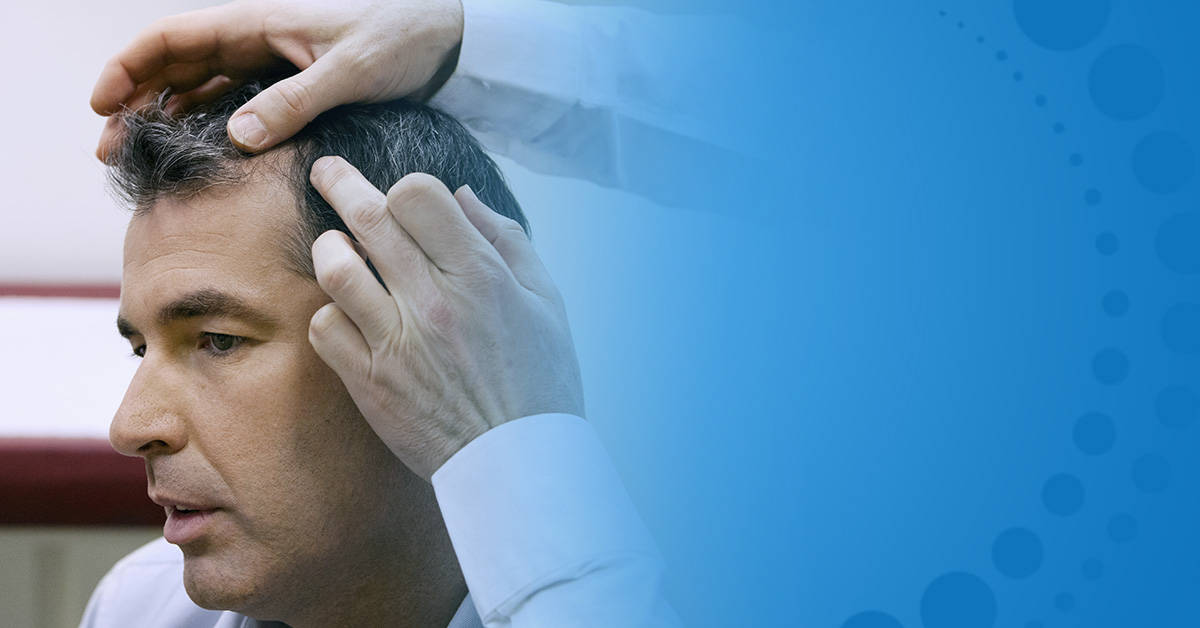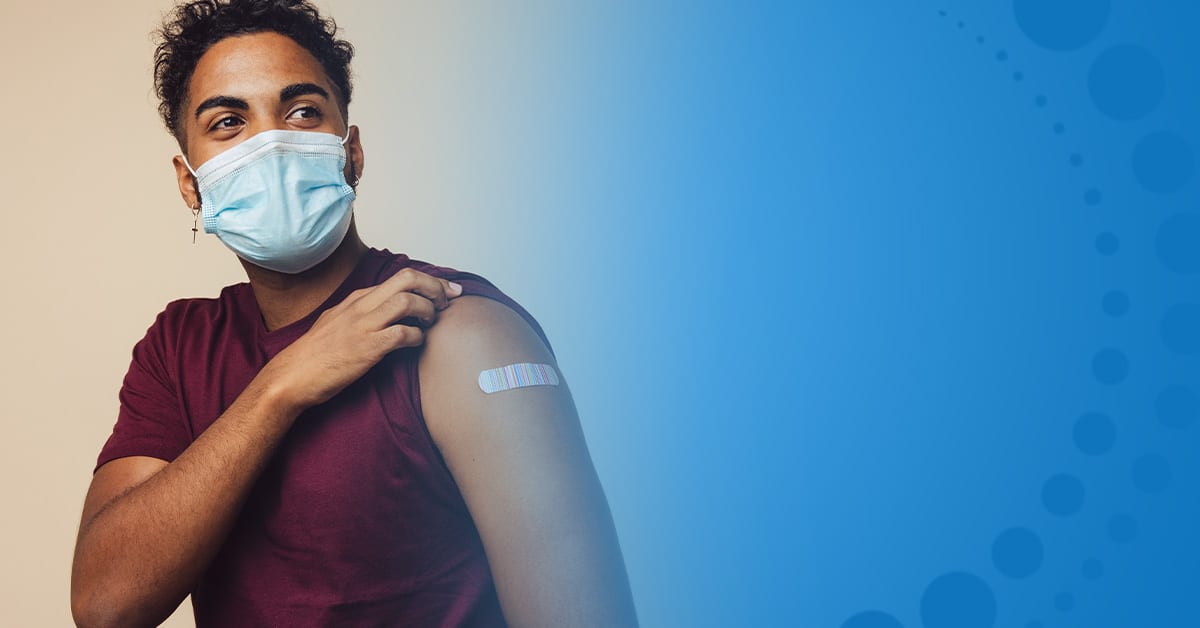What Is Alopecia Areata?
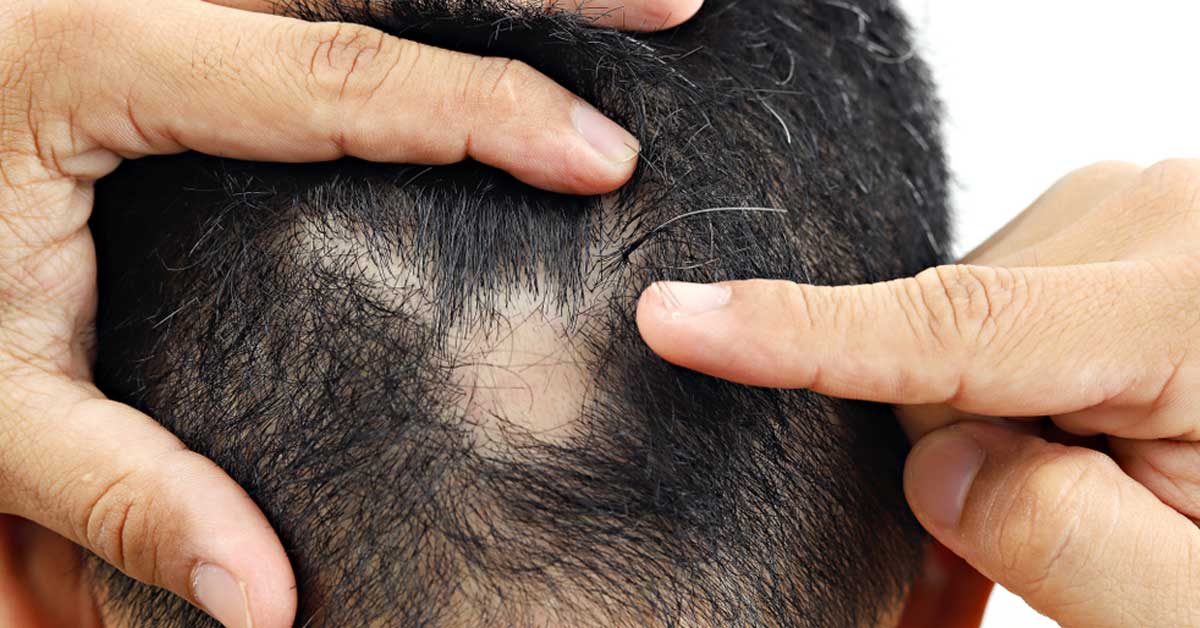
While the average person uses the terms “hair loss” or “thinning hair” or “baldness,” the medical name for hair loss is Alopecia. Each type of hair loss has a different medical name – such as Alopecia Areata or Traction Alopecia. The commonly referred to “male pattern baldness” is actually Androgenetic Alopecia.
Regardless of the term used, it’s the most prevalent form of hair loss and is commonly treatable with ARTAS® Robotic Hair Transplant System. Unfortunately, the third most common form of hair loss – Alopecia Areata – is very different.
What Causes Alopecia Areata?
Instead of being hormone-related like androgenetic alopecia, alopecia areata is an autoimmune condition. With such a condition, the body’s own immune system starts attacking a body part or bodily function. In the case of alopecia areata, the immune system attacks hair follicles… making them much smaller and greatly slowing hair production.
According to the National Alopecia Areata Foundation (NAAF), 6.8 million Americans suffer from the condition. Worldwide that number is about 147 million individuals.
Some alopecia areata patients are lucky and only have a few areas of hair loss, and the bare spots regrow within about a year. More commonly, the hair loss occurs in larger and more frequent patches and doesn’t necessarily grow back. In the most severe cases, hair loss is total – not just the scalp but also eyebrows, lashes, and more.
Alopecia Areata and Age
While people of any age can develop alopecia areata, it’s very common for it to start in childhood. Unfortunately, that increases their risk of total hair loss. Those who have a family member with alopecia areata have a greater risk of developing it.
What causes alopecia areata is still unknown. It also has no cure at this time, though some treatments may help stimulate hair growth and/or calm the aggressive immune system response. Fortunately, in many cases, alopecia areata isn’t permanent. Instead, it suddenly reverses itself and goes back to normal for unknown reasons. In some cases, the person will undergo cycles of hair loss and recovery for the rest of their life.
Alopecia areata can have a devastating effect on the mental health of those suffering from it. People tend to associate their appearance with their hair, and partial or total hair loss can affect one’s confidence and mood. Worse – if it involves the more extreme symptoms of eyebrow and eyelash loss – a person can feel abnormal.
Talk to Austin Hair Restoration About Your Hair Loss
If you’ve been noticing thinning hair and aren’t sure of the reason, Austin Hair Restoration Clinic offers a free consultation to determine the cause of your hair loss and whether you are a good candidate for a hair restoration procedure. We use the minimally invasive ARTAS® Robotic Hair Transplant System, a procedure that produces exceptional results and will get you back to your day-to-day life in just a few days. Contact us today for a free consultation.
Dr. Sanjeev Dubey is an experienced hair restoration and emergency medicine physician in Austin, Texas. He holds a medical degree from the University of Texas Medical Branch (UTMB) and has been practicing medicine for over two decades. His affiliations include Seton Medical Center Austin, Seton Northwest, and various local hospitals.

